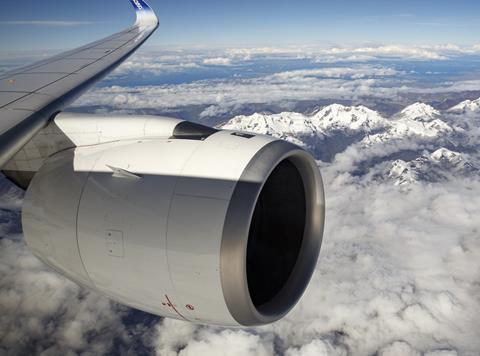Large-engine aftermarket and stronger business aviation activity contributed to Rolls-Royce’s generating an underlying civil aerospace operating profit of £740 million ($946 million) in the first half, up by more than 80%.
The manufacturer delivered 120 large engines over the six-month period – including 21 spares – slightly higher than last year’s interim of 115. These comprised 59 Trent XWB powerplants for the Airbus A350, plus 37 Trent 7000s for the A330neo and 24 Trent 1000s which are fitted to Boeing 787s.
But it managed to achieve 116 deliveries of business aviation engines – a rise of 43. These included 83 Pearl 700 engines for the Gulfstream G700.
“Our commercial optimisation actions mean that business aviation engine deliveries are now mostly profitable,” says Rolls-Royce.
Over the first half Rolls-Royce secured orders for 273 large engines, including 108 for the Trent XWB-97 for the A350-1000.

Large-engine flying hours increased by 22%, and slightly exceeded pre-crisis levels in 2019.
The company says total shop visits were up 6% to 624 including 195 major shop visits for large engines.
This increase in shop-visit volume, as well as higher engine deliveries, resulted in a 27% rise in underlying revenues to £4.1 billion.
“Higher underlying operating profit also reflects the benefit of net contractual margin improvements as well as cost efficiencies which helped to mitigate the impact of inflation,” says the company.
Rolls-Royce says cost-saving benefits achieved over the half-year were partly offset by £208 million in additional charges mainly linked to the impact of “prolonged supply-chain challenges”.
It expects the second-half operating profit margin to be lower than the 18% posted in the first half, owing to higher original equipment deliveries and an increase in Trent 1000 major shop visits.
Rolls-Royce is maintaining forecasts of 500-550 total original equipment deliveries and 1,300-1,400 shop visits, with large engine flying hours reaching 100-110% of the 2019 level.


























